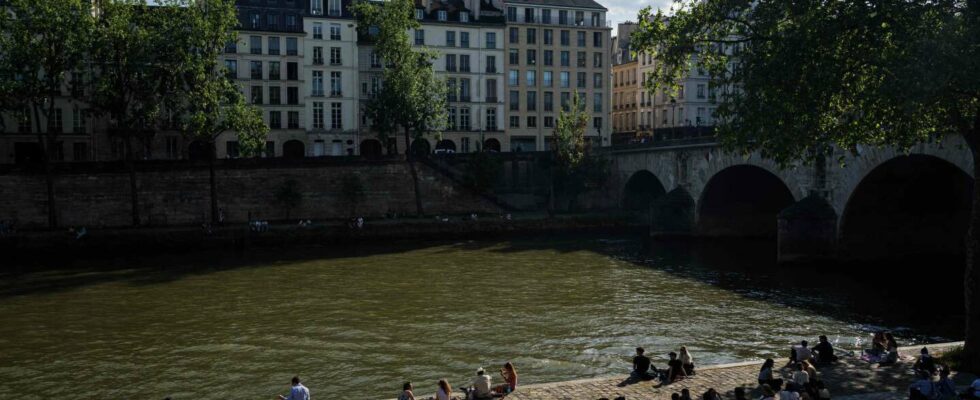Nearly 1.5 billion euros of investments, four sanitation works created, including a wastewater and rainwater retention basin with a capacity equivalent to 20 Olympic swimming pools… The State and the communities have not spared their efforts to make the Seine swimmable for the Olympic Games and then for the public from 2025. The “bathability” of the Seine only provides information on its bacteriological quality through the monitoring of two families of bacteria (Escherichia coli and enterococci). Another pollution, of chemical origin, goes under the radar. A report published Monday May 27 reveals a “widespread contamination” watercourses in Europe by trifluoroacetic acid (TFA), a “perennial pollutant” as little known as it is regulated, resulting in particular from the degradation of pesticides belonging to the large family of per- and polyfluoroalkyl substances (PFAS).
The associations of the European Pesticide Action Network (PAN Europe) took water samples from twenty-three rivers and six groundwater tables in ten countries of the European Union (France, Germany, Spain, Belgium, Austria, The Netherlands…). The analyzes were entrusted to the renowned Water Technology Center in Kalsruhe (Germany). The results show the presence of PFAS in all samples and more than 98% TFA. This substance is not currently subject to any specific standard but in nearly 80% of samples, TFA concentrations exceed the limit value of 500 nanograms per liter – set for the total sum of PFAS present – of the directive European directive on drinking water which must apply from 2026. The levels of TFA detected vary between 370 ng/l in the Salzach, in Salzburg, and 3,300 ng/l in the Elbe, in Hamburg (Germany) , with an average of 1,180 ng/l.
“This is arguably the largest and most widespread contamination of European surface and groundwater by a man-made chemical,” comments Salomé Roynel, the coordinator of the PAN network. The world submitted the results to several experts. Everyone judges them “concerning”. “This widespread contamination is very worrying, especially as the levels reported are quite high”estimates Ian Cousins, professor of environmental chemistry at Stockholm University.
Gray areas on toxicity
With a concentration of 2,900 ng/l, the Seine is the second most polluted river in TFA after the Elbe. The sample was taken in April at the foot of Notre-Dame, not far from the future public swimming site which is due to open in the summer of 2025. What should we worry about for the health of future swimmers, Olympics and everyone else? “Swimming occasionally will not affect people but I would recommend not swimming regularly,” advises toxicologist Jacob de Boer (Vrije Universiteit Amsterdam). “Based on current knowledge of TFA toxicity, I would not worry about swimming in the Seine”judge for his part Ian Cousins.
You have 59.43% of this article left to read. The rest is reserved for subscribers.

